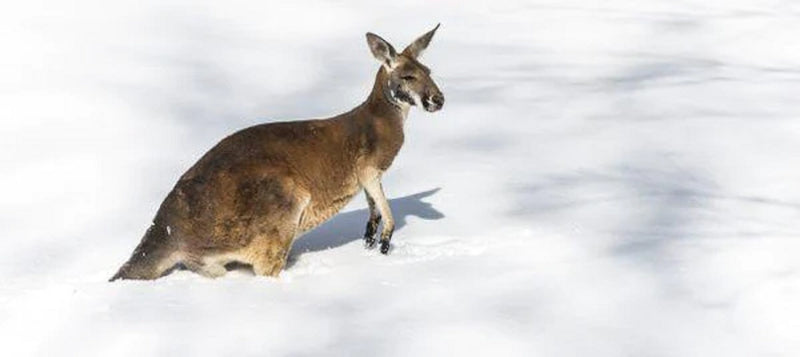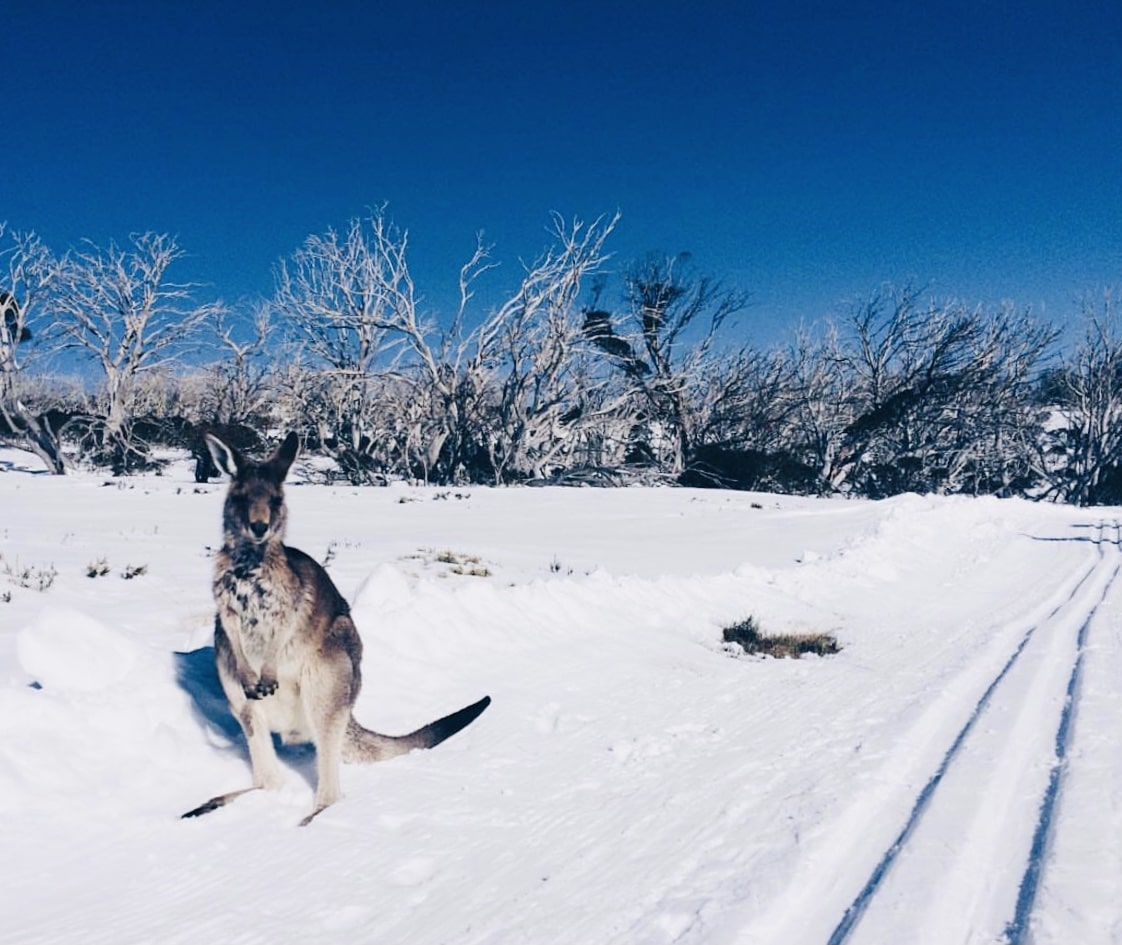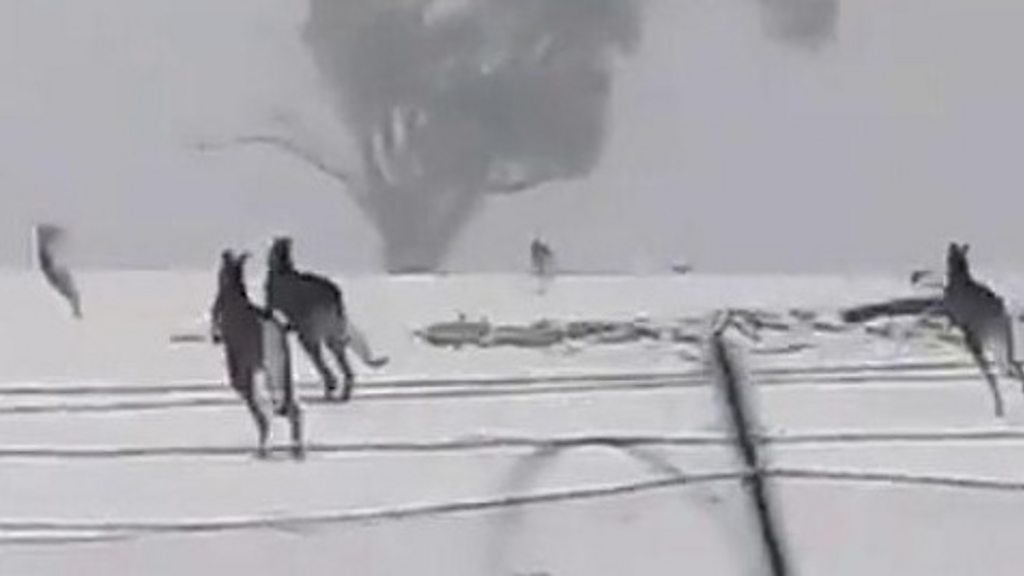Find Out About the Highlands That Are Known for Reliable Snowfall
Find Out About the Highlands That Are Known for Reliable Snowfall
Blog Article
Discover the Remarkable Effects of Snow in Australia on Local Communities
Despite its credibility for sun-soaked landscapes, Australia additionally boasts regions buried by snow-- a phenomenon that profoundly influences the country's one-of-a-kind environments. The insulating residential properties of snowflakes secure vegetation and fauna among the chilliest wintertimes, while the melting snow supports rivers and marine life. The genuine wonder lies in how these wintry problems form the nation's biodiversity and nutrient cycles. As we unravel this intricate partnership, we locate ourselves walking on undiscovered grounds in Australia's high nation.
The Unforeseen Regions of Snowfall in Australia
Although Australia is frequently connected with sandy coastlines and sun-scorched landscapes, certain areas surprisingly experience snowfall. The high nation regions of New South Wales, Victoria, and Tasmania are particularly known for their winter months snow. The Snowy Hills in NSW, as an example, obtain abundant seasonal snow, providing a stark contrast to the nation's regular hot, arid environment. On the other hand, the Victorian Alps and components of Tasmania additionally see annual snowfalls, transforming the landscape right into a winter wonderland. These areas are not just abnormalities but integral components of Australia's diverse environment system. The visibility of snow in these regions significantly influences regional ecological communities, ultimately influencing the nation's distinct biodiversity. The details effect on Australia's distinct vegetation will be discussed in the next section.

Exactly How Snow Impacts Australia's Special Plants
While it may appear uncommon, snowfall in Australia plays an important function in forming the country's one-of-a-kind plants. The snow-filled winter seasons foster resilience in Australian plant species. This is specifically apparent in the sub-alpine and alpine regions, where snow periodontals and mountain plum-pines flourish. These plants have progressed to make it through in extreme conditions, with snow acting as a protective blanket from freezing temperature levels and rough winds. The snow additionally contributes to the dampness content of the dirt, giving needed hydration for plant life during the completely dry summer season. Basically, the snow influences the timing of blooming and seed dispersal, the development rates, and the survival of numerous plant types, showcasing the detailed interplay in between climate and flora in Australia.

The Adaptations of Australian Fauna to Snowfall
Just as Australia's vegetation has adapted to the wintery problems, the neighborhood animals official statement also, show impressive adaptations to the snowfall. It utilizes the snow as insulation, hibernating in rock gaps under the snow to stay warm. The Snow Skink, a species of lizard, alters its colour to white throughout winter season, providing camouflage versus predators.
The Duty of Snow fit Neighborhood Communities
In shaping the neighborhood ecological communities, the function of snow in Australia is both multilayered and extensive. Snow offers an important water source, feeding rivers and tanks as it thaws, thus sustaining a range of marine life forms. The presence of snow shapes the plant life patterns, animal behavior, and total sustainability of Australia's distinct environments.

The Future of Snowfall in Australia: Forecasts and Implications

Provided the crucial duty snow plays in shaping regional environments, the future of snowfall in Australia is attracting enhancing interest from conservationists and scientists. Current environment designs anticipate a substantial decline in snowfall because of global warming, with possibly extensive influence on local communities. Much less snow might result in minimized water availability in alpine areas, negatively impacting wildlife habitats and plant life. Furthermore, it could change the timing of seasonal modifications, interfering with the life cycles of lots of native varieties. The tourism market, heavily dependent on the wintertime snow season, may also face substantial difficulties. For that reason, recognizing these predictions and their implications is essential to establish effective conservation strategies, ensuring the preservation of Australia's unique biodiversity and the sustainability of its economic climate.
Conclusion
The role of snow in Australia's communities is essential yet often ignored. It functions as a guard, a nurturer, and a shaper of diverse towering species, adding to the splendor of Australia's high country. As climatic patterns proceed to change, comprehending the implications and possible transformations of these snow-influenced ecological communities is essential. Hence, the snow in Australia is a lot more than a natural phenomenon; it's a crucial gamer view publisher site in the nation's ecological story.
Regardless of its online reputation for sun-soaked landscapes, Australia additionally flaunts areas buried by snow-- a sensation that profoundly influences the nation's unique ecological communities. It makes use of the snow as insulation, hibernating in rock gaps below the snow to remain warm - Does Australia Get Snow.In shaping the local communities, the duty of snow in Australia is both multilayered and extensive. The existence of snow shapes the vegetation patterns, pet actions, and total explanation sustainability of Australia's special communities
Given the essential role snow plays in forming local environments, the future of snowfall in Australia is attracting raising interest from researchers and conservationists.
Report this page